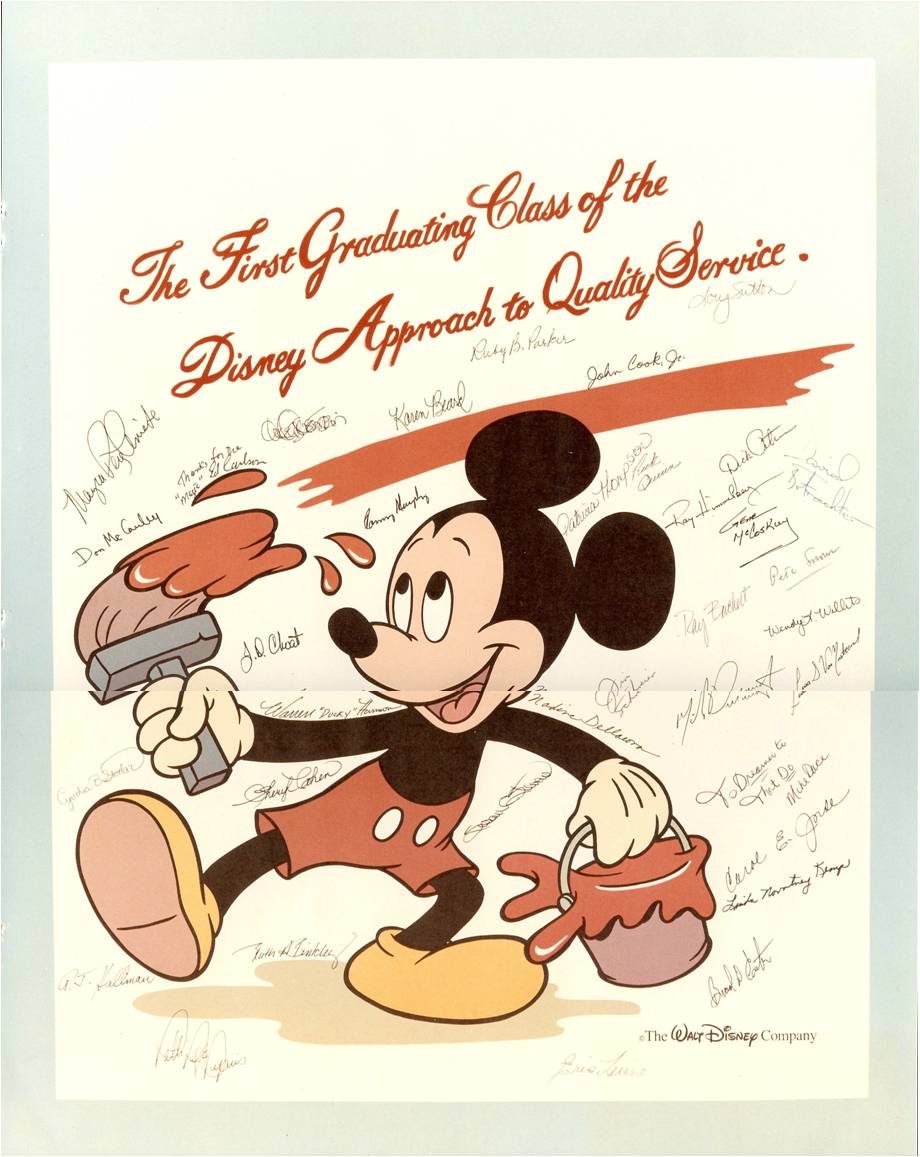
Today's leaders are partners with their people; they no longer can lead solely based on positional power. Good business practices start from the top of the organization. Hence for this management should be viewed as part of the team. Perception is incredibly important when it comes to management visibility. Management should be there as a partner to help reach a resolution as quickly as possible.
Create ways to communicate excellent examples of customer service both within and outside the company. Institute celebrations, recognition ceremonies, logos, and symbols of the customer service culture and its values. This is where you want the mugs, buttons, and banners. Have a customer service bulletin board to feature service incidents that were special. Seize every opportunity to publicize the times when employees do it right.
Positive and helpful customer service requires a positive "we will help you if we can" attitude, even if the help is different to what the customer was expecting or hoping for. Customer service requires constant attention on the positives, not the negatives.
What matters most to customers and has the greatest impact on their experience, is the way they are treated by the people they come into contact with. Everyone in an organisation has the power to create or lose a customer for life.

In order for a culture of customer service excellence to grow and thrive, management must have a burning desire for it to be that way and the energy to ensure that this desire spreads throughout the organization and remains there permanently. You must become a totally customer-focused organization. Everyone, from the top down, must believe that they work for the customer.
